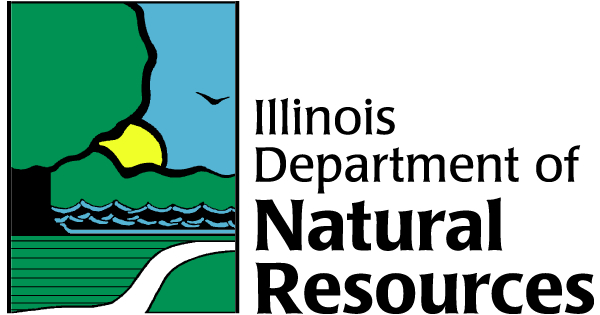EcoCAT
EcoCAT, the Ecological Compliance Assessment Tool, was developed to help state agencies, units of local government, and the public (as project proponents) initiate natural resource reviews for:
- Illinois Endangered Species Protection Act [520 ILCS 10/11(b)] and Illinois Natural Areas Preservation Act [525 ILCS 30/17] as set forth in procedures under Title 17 Ill. Admin. Code Part 1075.
- Interagency Wetland Policy Act of 1989 [20 ILCS 830] as set forth in procedures under Title 17 Ill. Admin. Code Part 1090 when state agencies provide funding (including federal pass-through funding) or technical assistance.
These laws require state agencies and units of local governments to consider the potential adverse effects of proposed actions on Illinois endangered and threatened species and sites listed on the Illinois Natural Areas Inventory.
EcoCAT can also accept Information Requests for natural resource reviews that do not trigger government consultation. An information request DOES NOT fulfill the requirements of Part 1075 or 1090.
How EcoCAT Works
EcoCAT uses databases, Geographic Information System mapping, and a set of programmed decision rules to determine if your proposed action may be in the vicinity of protected natural resources. You receive a natural resource review report that either:
- Terminates consultation if no resources are in the vicinity; or
- Lists resources that may be in the vicinity and identifies the staff member who will review the action. After review, staff will either:
- Terminate consultation because adverse effects are unlikely,
- Request additional information, or
- Recommend methods to minimize potential adverse effects.
A species may appear on the resource list more than once when it occurs in several locations within the project’s vicinity. Also, many INAI Sites are Nature Preserves, Land and Water Reserves, or Natural Heritage Landmarks. The sites may overlap, but the legal protections of each designation differ. Apart from Natural Areas, the boundaries of the other designations are based on property ownership and may extend beyond the location of the natural resources.
Keep in mind that “in the vicinity” does not necessarily mean “in the footprint” or that a resource will be adversely affected by the action. However, the potential is there and will be evaluated further. By the same token, because the resource buffers are very general, IDNR may evaluate resources located farther away if the proposed action or the life history requirements of a species warrant doing so.
The actual distribution of endangered and threatened species can never be known with certainty. Because some species are migratory, require very large territories, or are highly mobile, a natural resource review showing no protected resources does not guarantee that no T & E species are in the vicinity of a project. An EcoCAT review reflects the information existing in the Database at the time of this inquiry, and should not be regarded as a final statement on the site being considered, nor should it be a substitute for detailed site surveys or field surveys required for environmental assessments. If any protected resources are encountered during a project’s implementation, compliance with applicable statutes and regulations is required.


